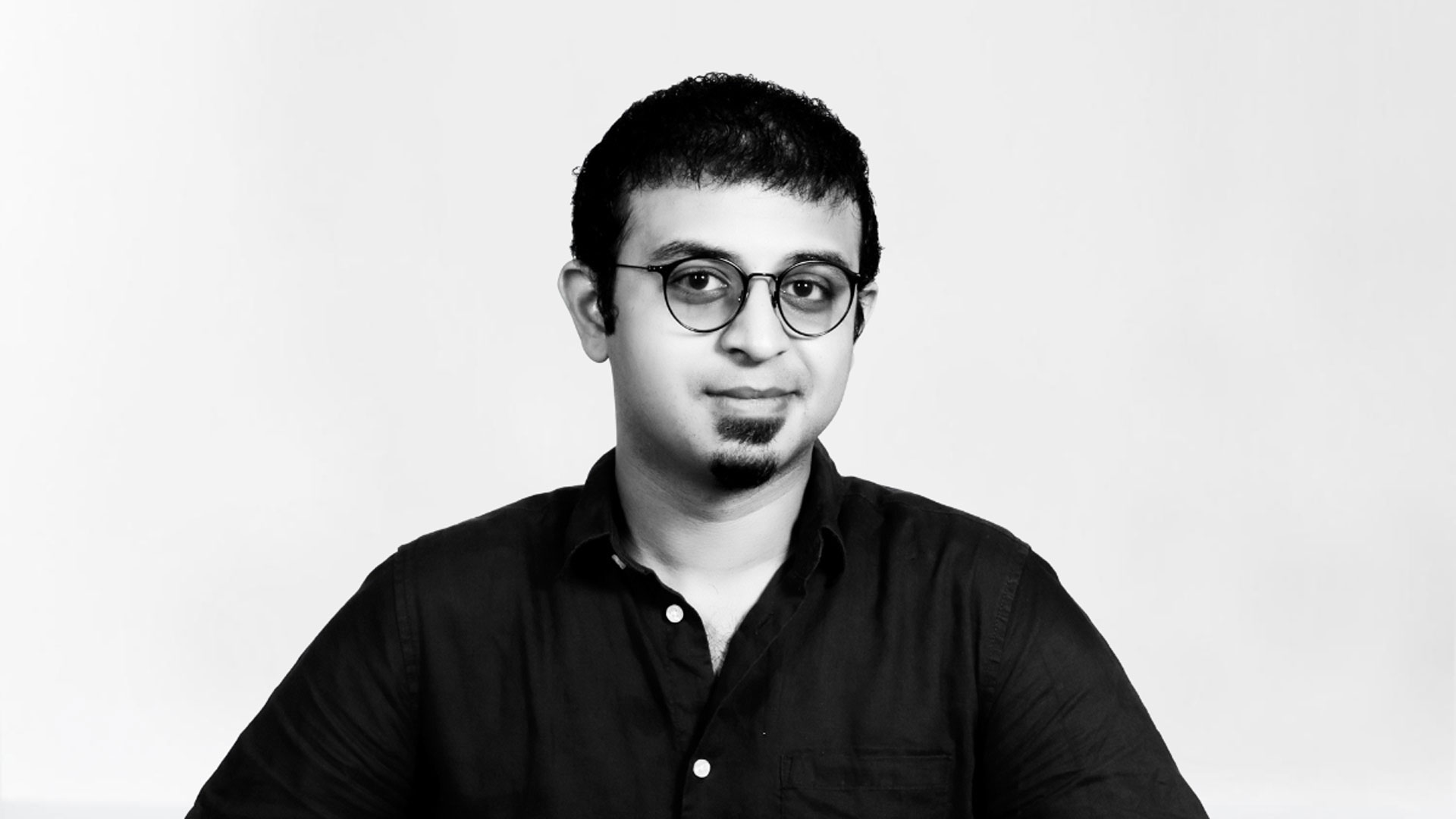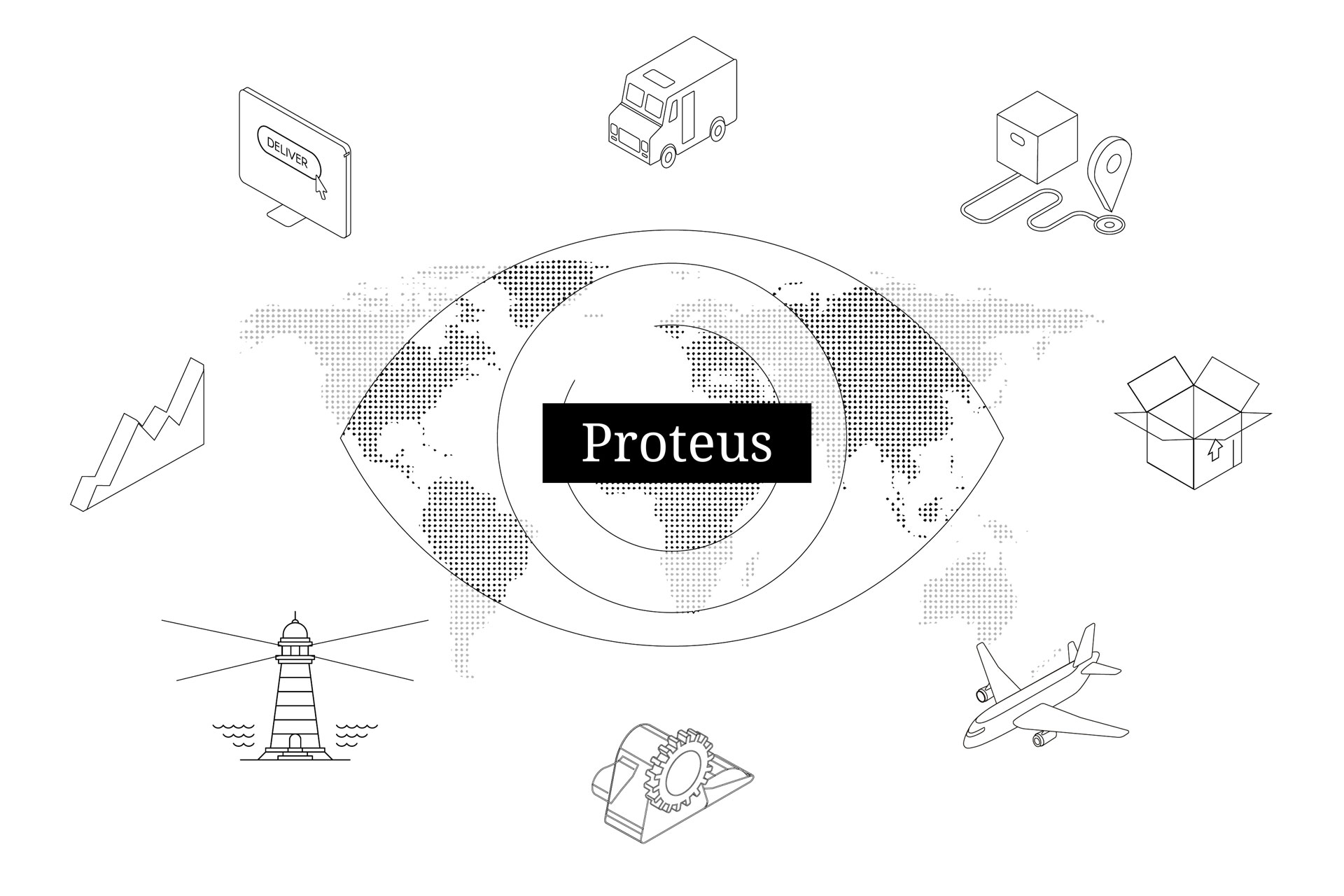Interview with Nikhil Singh from United States

Interview with Jessica Zhengjia Hu of NO.72 DESIGN STUDIO
August 22, 2023
Interview with Danyang Ma from United States
August 22, 2023Nikhil Singh
Nikhil Singh is a UX designer based in New York City as part of the Adobe team. He enjoys addressing intricate user challenges through a design strategy rooted in systems thinking, and places a significant emphasis on research and ensuring accessibility.
Interview With The 2023 London Design Awards Winner – Nikhil Singh
Hi, I'm Nikhil(Pronounced as 'Nik-Hill')! I'm a UX designer based in NYC, working for Adobe. I like tackling complex user problems with a systems-based approach to design and have a strong focus on research and accessibility.
I'm a recent interaction design graduate from the School of Visual Arts with 7 years of experience building e-commerce, healthcare and food tech apps. I moved to New York City in 2020 after living and working in United Arab Emirates for nearly a year. Before that, I worked in India, where I was born and raised.
It has to be an act of serendipity!
After completing my bachelor's degree in electronics engineering, I joined a young start-up in the sales & marketing division. One day, while working closely on a marketing campaign, my manager gave me a chance to sketch ideas for social media graphics (In hindsight, I probably think he understood that I've no skills in digital marketing/SEO, haha).
But that decision changed everything for me! I taught myself to be a graphic designer and eventually transitioned to UX design. Over time, I started admiring the field of UX because it blends the world of design, engineering, business, psychology etc.
As a growth experience designer at Adobe, I drive product-led growth initiatives like engagement and monetisation for Acrobat Web. We explore new features or product enhancements by running an A/B test every quarter.
I work closely with product, data, research and engineering teams to design these experiences, and we iterate based on success or failure, all in the spirit of learning. We start with data insights or hypotheses to outline top test ideas, prioritise/scope the projects, design the experiences and analyse the results.
Design is a creative process that involves the planning, conceptualisation, and execution of a product, service, or system. It is an interdisciplinary field combining art, engineering, psychology, and business elements. Design can take many forms, including product, graphic, interior, web, and architectural design.
Design tackles a strategic problem, and a good solution is simple, usable, and aesthetically pleasing. Good design can ameliorate a user's life and be a big needle-mover for businesses. It is not restricted to producing commercial objects but should be applied to everyday life to create a more harmonious and beautiful environment.
To quote Bruno Munari on design:
"Design is not just what it looks like and feels like. Design is how it works."
That's tricky! I would pick UX design and Game design—with Graphic design to some extent.
In my field, industry pioneers like Don Norman, Hartmut Esslinger and David Kelley have paved the path for future designers like us.
In game design, Hideo Kojima's approach is inspirational. The narrative depth, cinematic presentation, player agency and obsessive attention to detail he presents are genre-defining. In graphic design, the work of Tom Haugomat, Timo Kuilder and Noma Bar has hugely influenced me. They have upheld a high level of craftsmanship in their career.
I would answer this in the context of UX design. For me, it's all about creating useful, usable, and delightful products, services or systems for users.
For a typical software solution, a good design reduces the learning curve, minimizes the cognitive load and provides an inclusive experience for diverse users. A hallmark of good UX is that it sits firmly at the intersection of business requirements, market demands, and user expectations.
It started as a thesis exploration for my master's program at SVA.
I initially ventured into healthcare to build an interconnected ecosystem of tools that can act as a framework for basic, universal healthcare services. But I felt the barrier was too high.
One fine evening, I was discussing the Suez Canal crisis and the fragility of our global supply chain with a close friend (Aishwariya Mor, Operations Manager for Amazon). It all started to make sense. I jumped to the drawing board, and my friend helped me with his subject matter expertise throughout the project.
I looked at several competitors, white papers and publications to draw inspiration. IBM, Infor, and MPO's work in the supply chain stood out the most. The Flexport team has been doing a great job.
Palantir was also a big inspiration for the general best user experiences in working with data. In addition, using AI/ML-based scoring and a colour-coded system is a novice approach I introduced in the designs.
It's a complex answer so I would like to expand on it. Yes, Indian art heavily influences my visual aesthetic and the choice of symbolism/iconography but UX design draws a lot from the Bauhaus movement overall. So it's a balance of both worlds for me.
And India is a tough market to design for - Looking through the lens of socioeconomic circumstances, India's collectivist tendencies and family-centric decision-making have informed my design process. We need strong accessibility considerations in India due to varying levels of digital literacy, linguistic/cultural diversity, low bandwidth connectivity and inclusivity for users with disabilities.
Sure thing! My thesis subject explores the need for a supply chain control tower and supplier/service diversification for, let's say, a typical fast fashion brand.
Proteus is an AI-SaaS platform for building an agile supply chain through visibility, intelligence and multi-enterprise orchestration. It enables 360 visibility of the supply chain process to help executives optimize and monitor real-time disruptions.
Recent unpredictability due to Covid-19 have led to a demand for businesses to invest in supply chain technologies and data-sharing mechanisms.
Supply chain is a complex industry to be in! The most complicated part of the process was distilling all the secondary and primary research to hone on the right problem and building the overall design principles or strategy that would govern the product.
Next, while ideating on wireframes, I was worried about being in a silo without taking any user feedback. Luckily, I instead took on a design co-creation with the subject matter expert for my thesis, and we would further validate designs within a smaller group. (I can't thank Aishwariya Mor enough for his subject matter expertise.
I have yet to unfold and understand its impact, haha! This recognition will enhance my credibility as a designer and open doors to several other industry engagements, which can help me establish myself as a thought leader in the supply chain domain.
And it's a pat on my back to continue pushing boundaries and innovating in the design field. Once again, I'm grateful to the London Design Awards’s Grand Jury Panel for awarding my project.
As a designer, what I love the most about this industry is:
1. Exploring new possibilities and the sheer joy of bringing an idea to life.
2. Getting to know our users and their psyche. They will ultimately interact with what we design. It's about their needs and goals.
3. An ever-changing landscape with new trends and technologies. It forces the designer and their designs to evolve constantly.
In the field of UX design, the process is the only common denominator among its practitioners. A lot depends on the individuals and the people they collaborate with.
Design is about a mission and a vision. What sets me apart, I owe it to my mixed background in design and engineering. Additionally, I am intrigued by subjects like film photography, philosophy, sociology and psychology, which unconsciously impact my work.
I don't claim to be an industry Nostradamus but being at the forefront of this evolution as a designer will be exciting.
In the next 5-10 years, design for sustainability and circular economy will see a stronger emphasis. Human-centred AI design would become the norm, and designers would define the responsible and ethical use of AI.
As for the technological landscape, we would experience a rise in multimodal interfaces and AR/VR. Designing experiences for the whole system would take precedence over a single platform.
But I'm most concerned about how we tackle ethical dilemmas such as privacy and algorithmic bias to uphold our social values. And what role does design have to play here.
Please put yourself out there! We all want to see the fantastic things you have built and are passionate about.
But winning awards shouldn't be your primary motivation. Rather, mastering a skill or craft should be the goal. Your ability to withstand pain and boredom, those long hours of practice and intense focus will help you gain the necessary skills.
Nobody puts it better than the great Leonardo Da Vinci - "Ostinato Rigore", i.e. Relentless Rigor.
I'm sharing my list of top recommendations:
Just Enough Research (Erika Hall).
Designing Products That People Love (Scott Hurff).
10 Types of Innovation (Doblin Group).
Change by Design (Tim Brown).
Articles from Nielsen Norman Group.
Free E-Books by UXPin.
a11project.com.
Imposter syndrome is real! I consider myself an ambivert and being on a public stage is nerve-racking.
Following my completion of an engineering undergraduate degree in 2014, I encountered a significant setback in both my personal life and professional journey. In pursuit of business school entrance exams, I embarked on a path that ultimately left me feeling disengaged and disconnected. Subsequently, my attempts at securing roles as a data analyst led to repeated rejection across numerous companies. This led me to join a start-up, initially in sales and marketing, where I unexpectedly unearthed my inherent talent for design.
Growing up, my father influenced me with good literature, poetry and classic cinema. He works for the Department of Atomic Energy in India, and his colleagues provided me with probably the best education in sciences & mathematics. That set the right foundation for me.
In my design career, I have been fortunate to have mentors/great managers who have shaped my career in numerous ways. I can't thank them enough.
Lastly, the SVA community has been a big inspiration for continuously pushing their boundaries in arts & design.
Winning Entry
Proteus - Supply Chain Control Tower | 2023
"Almost 80% of [surveyed supply-chain executives] said they need to improve and invest in digital planning to increase …
(Read more at London Design Awards)
Nikhil Singh
Nikhil Singh is a UX designer based in New York City as part of the Adobe team. He enjoys addressing intricate user challenges through a design strategy rooted in systems thinking, and places a significant emphasis on research and ensuring accessibility.
Read more about this interview with Shadi Al Hroub from United Arab Emirates, the Gold Winner of the 2023 London Design Awards.


